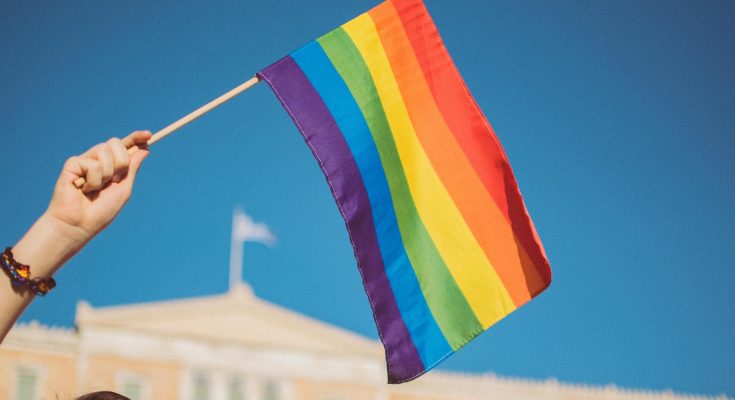Ottawa/CMEDIA: Statistics Canada’s 2021 Census of Population included for the first time a question on gender at birth, allowing all cisgender, transgender, and non-binary individuals to report their gender.
Canada is the first country to collect and publish data on gender diversity from a national census.
Of the nearly 30.5 million people in Canada, reported by the census data, aged 15 and older living in a private household in May 2021, 100,815 were transgender (59,460) or non-binary (41,355), accounting for 0.33% of the population in this age group.
Transgender and non-binary people were reported to be three to seven times higher for Generation Z (born between 1997 and 2006, 0.79%) and millennials (born between 1981 and 1996, 0.51%) than for Generation X (born between 1966 and 1980, 0.19%), baby boomers (born between 1946 and 1965, 0.15%) and the Interwar and Greatest Generations (born in 1945 or earlier, 0.12%).
The recognition of the acceptance and understanding of gender and sexual diversity of transgender, non-binary and LGBTQ2+ people, in general, has been accepted by Canada’s legislation.
Whereas Younger generations may be more comfortable reporting their gender identity, older generations are not.
Canadian population aged 15 and older, in May 2021, had an average age of 48.0 years. In comparison, the transgender population had an average age of 39.4 years, while the non-binary population had an average age of 30.4 years.
Just under 1 in 100 young adults aged 20 to 24 were non-binary or transgender (0.85%).
The data now provides the opportunity for governments, businesses, and other organizations to cater services to the trans and non-binary communities in Canada.
#Canada; #StatisticsCanada; #CensusData; #TransNonBinaryPeople





